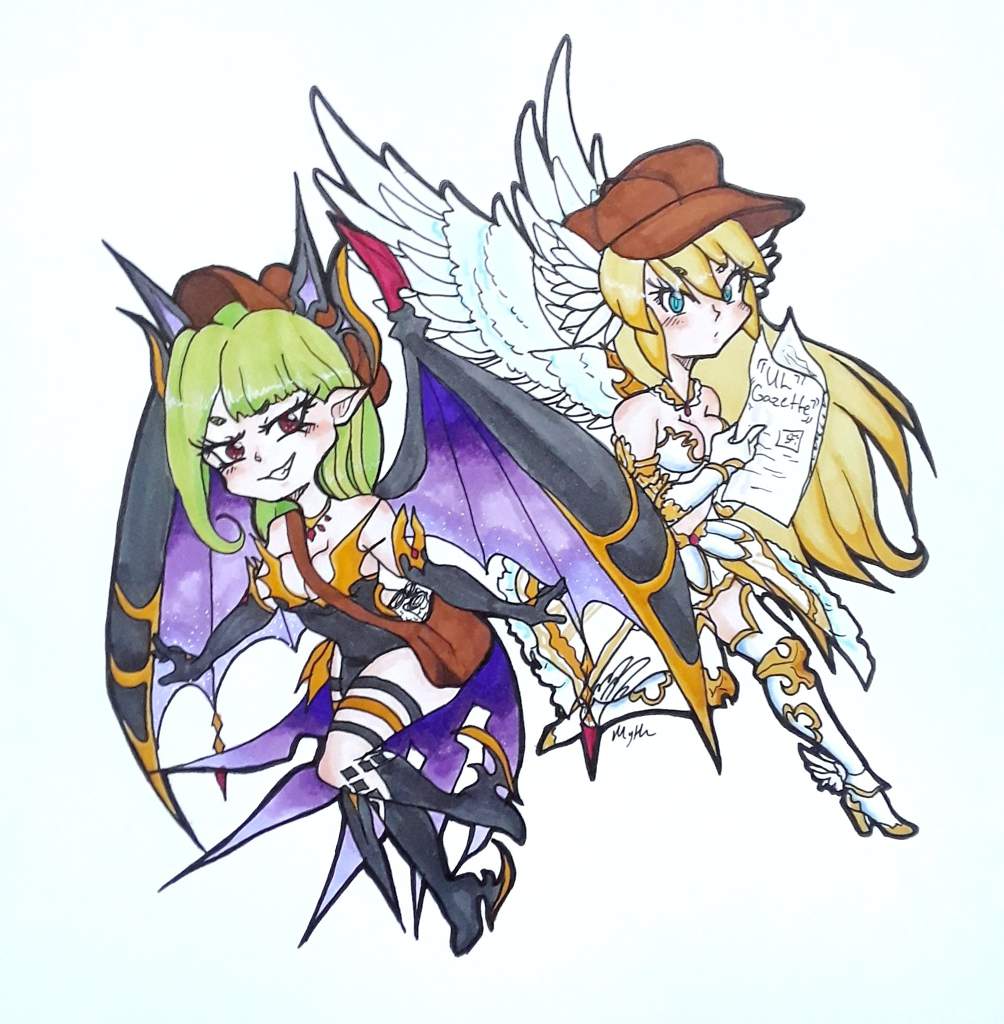

The block runners Van der Flier (7) and Tadhg Furlong (3) weren’t perfectly placed on this occasion, risking obstruction. Once they had breached the line, the All Blacks struggled to deal with Ireland’s shapes, even when the visitors didn’t execute perfectly.Īfter five phases, Ireland ran the ‘out the back, inside ball’ combination using James Lowe (11) inside Robbie Henshaw (12). The All Blacks’ line was never set properly to begin with and poor alignment was exploited by a fast-moving Irish attack. Sexton executed the pass perfectly and the Irish lock burst through an arms tackle from Tuungafasi, who ended up over-pursuing.

Tadhg Beirne (4) changed his direction to hit underneath the big prop who was sliding out trying to defend inside-out. Angus Ta’avao demonstrated the worst that can happen in this situation later on in the half. The man outside Cane, prop Ofa Tuungafasi (3), was the target who couldn’t change his angle as quickly as others.

This in itself is not a problem, but when a sharp line is used against the grain on a defender where a mismatch can be had, it is a problem. In the second phase, the All Blacks had numbers crowded around the ruck, still struggling to get around the corner, while Sam Cane (7) had no alignment on Sexton, defending inside-out. They were caught still fanning out after the ball had already left his fingertips, creating a lateral-moving defensive line for Sexton to pick apart. The speed of Jamison Gibson-Park’s recycle created headaches for the All Blacks defence all night.


 0 kommentar(er)
0 kommentar(er)
